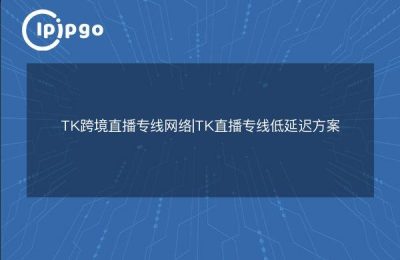
Why Localized SEO Needs Proxy IP Plus?
Do foreign trade friends often find: with their own office network optimized English website, in the target country's Google search ranking is always less than expected. This is because the search engine will judge the relevance of the website to local users through the visitor IP. When you frequently operate multiple accounts with a fixed IP in the country, the system will automatically reduce the weight value of these operations.
Using ipipgo'sResidential Proxy IPIt is able to simulate the access trajectory of real users, and each operation carries the characteristics of home networks in different regions. Especially when dealing with multilingual websites, keyword testing, ranking query and other operations are carried out with IPs of corresponding countries, and the search data obtained is exactly the same as the real user's perspective.
Three Steps to Build a Proxy IP Workflow
Step 1: Geolocation selection
When selecting a target country/city in the ipipgo backend, note three things:
1. Prioritize IPs in locally populated areas (e.g., Los Angeles > Alaska)
2. Cross-border operations to cover major trading country IPs
3. Multilingual websites need to match the IP address of the language zone.
Step 2: Dynamic IP rotation settings

When configuring proxies in webmaster tools and SEO tools, it is recommended to set 5-15 minutes to automatically change the IP. ipipgo'sDynamic Residential IP PoolSupports on-demand switching frequency settings, 90 million + IP resources to ensure that each operation is a new identity. Be careful to avoid high-frequency switching (interval <1 minute) to trigger the wind control mechanism.
Step 3: Localized Behavioral Simulation
| mistake | correct handling |
|---|---|
| 24 hours non-stop checking of rankings | Setting the operation period according to local time |
| Same type of equipment for all operations | Mixed mobile/PC IP usage |
| Perform SEO operations only | Interspersed with regular page viewing behavior |
Key scenarios for real-world demonstrations
Case Study: Ranking Optimization for German Speaking Communities
A cross-border e-commerce company used the ipipgo German residential IP to increase conversions by 210% with three adjustments:
1. Discovered that local users are accustomed to searching by "Kaufen + product name".
2. Identify long-tail terms (e.g., with a city suffix) that are overlooked by the tool
3. Detection of competitors concentrating their advertising in the Munich area
Batch management tips:
- expense or outlayStatic Residential IPBinding of key accounts (store back office/advertising accounts)
- Dynamic IP for non-login operations such as data collection/monitoring
- Separate IP segment management for different language sites
Frequently Asked Questions
Q: Will the proxy IP affect the website access speed?
A: ipipgo's intelligent routing system will automatically match thelow latency nodeThe measured response speed of European nodes is <80ms, which is comparable to local direct connection. It is recommended to enable TCP/UDP dual protocol support at the same time.
Q: What if I need to manage multiple countries at the same time?
A: Can be created in the ipipgo consoleMulti-country IP Pool Group, supports one-click switching of 240+ country configurations. There have been users managing 28 language sites at the same time, and automated operation of time zones is realized through preset templates.
Q: How can I avoid being recognized as a robot?
A: In addition to using highly anonymized residential IPs, it is recommended to turn on theBrowser Fingerprint EmulationFunctions. ipipgo provides complete device parameter configuration options, including time zone, language, screen resolution, and 37 other environmental parameters to synchronize the modification.
Through the rational use of real residential IPs, not only can you improve the accuracy of local search rankings, but you can also discover regional market trends in advance. It is recommended to use ipipgo's test IP to verify the compatibility of the tool first, and then gradually expand the IP usage according to the scale of business.








